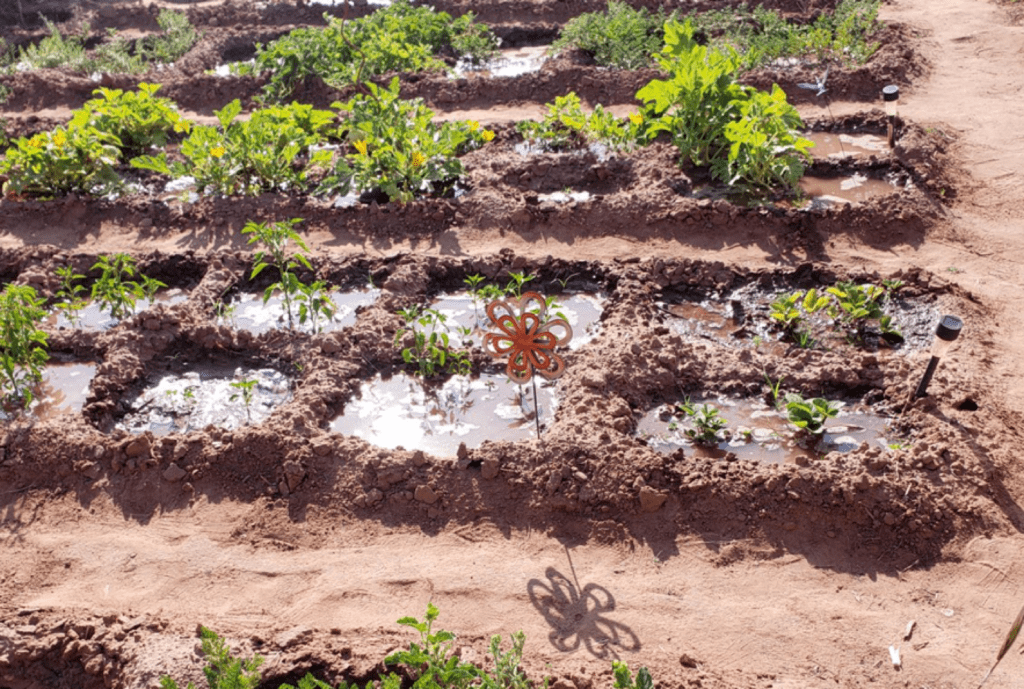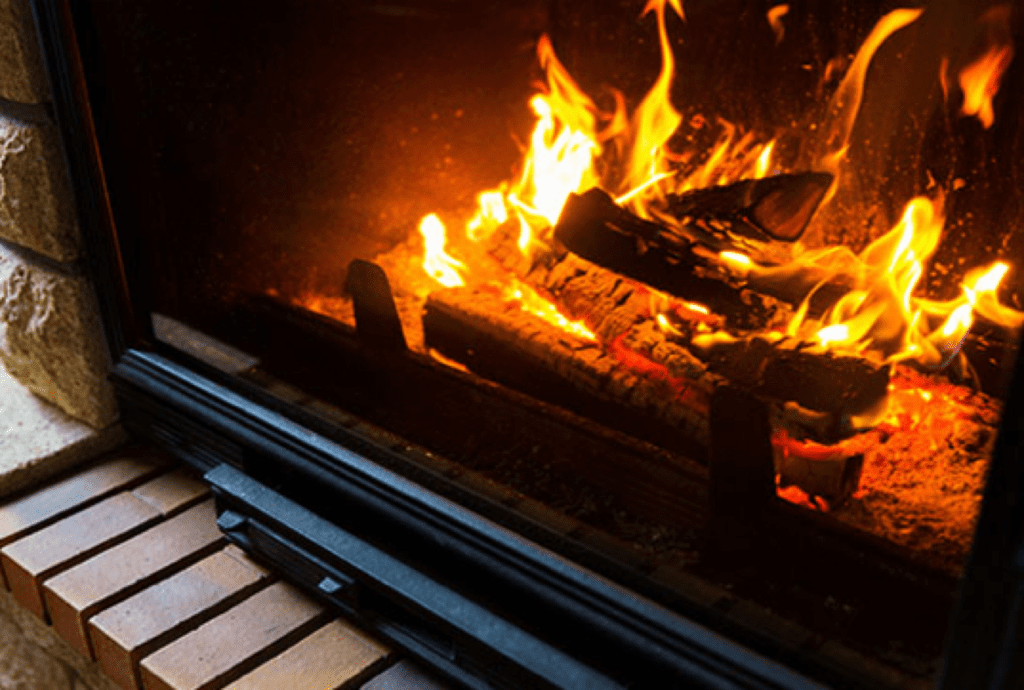Daniel Salzler No. 1122
EnviroInsight.org Five Items November 5, 2021
—————Feel Free To Pass This Along To Others——————
If your watershed is doing something you would like others to know about,
or you know of something others can benefit from, let me know
and I will place it in this Information newsletter.
If you want to be removed from the distribution list, please let me know.
Please note that all meetings listed are open.
Enhance your viewing by downloading the pdf file to view photos, etc. The
attached is all about improving life in the watershed. If you want to be removed from
the distribution list, please let me know. Please note that all meetings listed are open.
Enhance your viewing by downloading the attached pdf file to view photos, etc.
The attached is all about improving life in the watershed.
Read this newsletter at EnviroInsight.org
1. World Leaders Met To Plan A “Fix” To Climate Change. This past week, the U.S. met with the 20 largest economies of the world to address climate change in Rome. The key point in the debate was how quickly the various countries could achieve net-zero greenhouse gases, meaning emissions are so low they can be completely offset by natural and artificial means of removing greenhouse gases from the atmosphere.
The U.S. is planning to reduce its emissions to net-zero by 2030, less than 10 years from now. At the end of the two day summit, the only item agreed upon was that something needs to be done. The G-20 countries represent 75% of the greenhouse emissions released globally. Source: Editorial summary of various articles found in the Wall Street Journal.
2. The Resurgence Of Waffle Gardens Is Helping Indigenous Farmers Grow Food With Less Water. In the face of climate change and persistent droughts, a growing number of people from Zuni Pueblo in New Mexico and elsewhere are adopting the traditional farming practice. Perhaps we should all think about doing this.

Waffel gardens are the inverse of raised beds, and for an area where it is more arid, they’re actually very efficient at conserving water,” said Enote, who leads the Colorado Plateau Foundation to protect Indigenous land, traditions, and water. Each interior cell of the waffle covers about a square foot of land, just below ground-level, and the raised, mounded earthen walls are designed to help keep moisture in the soil.
“I think the future for agriculture is in our backyard gardens,” said Daniel Bowannie, an environmental technician who runs the Zuni Sustainable Agriculture Program, which installs gardens and offers technical assistance. The program has installed about 100 modified waffle gardens, using wooden planks instead of clay-soil walls, throughout the village, including at the hospital and senior center. Bowannie also walks people through the process of building their own gardens. Perhaps we can all learn about this method of growing our food from the Zuni. Source: Civileats.com
3. Climate Change Will Triple Impacts To World’s ‘Life Zones’ Unless Emission Rates Are Dramatically Reduced.
Anticipated future changes are expected to accelerate rapidly including impacts to an additional potential of 62 million square kilometers (24 million square miles) or 42.6 percent of earth’s land under ‘business-as-usual’.
A new study from WCS and multiple partners that modeled changes in the world’s 45 different “life zones” from climate change revealed that climate impacts may soon triple over these areas if the earth continues “business-as-usual” emissions.
Life zones are distinct biogeographic regions characterized by biotemperature, precipitation, and aridity representing broad-scale ecosystem types.
The study revealed that the world’s life zones have already changed from the early 1900s until present day across all biomes, most notably in Boreal Forests, Temperate Coniferous Forests, and Tropical Coniferous Forests. This includes impacts to 27 million square kilometers (10.4 million square miles) or 18.3 percent of earth’s land. Boundaries between life zones have shifted poleward and towards higher elevations, leading to expansions of zones associated with equatorial climates and contractions of zones associated with temperate climates.
Anticipated future changes are expected to accelerate rapidly, particularly if the world does not act on reducing emissions. This includes potential impacts to an additional potential of 62 million square kilometers (24 million square miles) or 42.6 percent of earth’s land under ‘business-as-usual’.
Life zones associated with subpolar rain tundra, wet tundra, and moist tundra are projected to experience the largest decreases while tropical wet forest, tropical rain forest, and cool temperate moist forest are projected to experience the largest increases. Boreal and polar latitudes are projected to experience substantial losses of area, although their vast extent will help compensate for some of these expected losses, Said Dr. Paul Elsen, WCS Climate Adaptation Scientist and lead author of the study: “The likely future changes in the world’s life zones is likely to have a substantial impact on people livelihoods and biodiversity. Large areas of the world are getting hotter and drier and this is already impacting the earth’s life zones.”
Dr. Hedley Grantham, WCS Director of Conservation Planning and coauthor of the study said: “COP26 is our best chance of countries committing to reducing emissions and putting us on a better future pathway for climate change and its impacts.”The study is published in Global Change Biology.
4. Is Your Fire Place Ready For The Cold Fall/Winter Temperatures?
Before temperatures drop, proper fireplace maintenance is always essential. Keeping your chimneys clean and clear – including the flues, smoke chambers, dampers and vents – is the best way to ensure your fireplace is ready for immediate use once the first cold snap hits. The National Fire Protection Association recommends all homeowners have a professional chimney cleaning done annually and before you light the first fire of the season.

Wood burning fire places need to be checked for creosote buildup. Creosote is a toxic and highly flammable byproduct of burning wood that should be removed at least every year. Hire a chimney sweep or if finances will not allow that, carefully go on to the roof of the house with a brick and a rope. Tie the rope to the brick and lower the rope down and up the chimney, scraping the chimney walls as you slowly work the brick down to the damper.
To prevent creosote buildup, or if your smoke chimney has a bend in the vent pipe, place thickly sliced pieces of potatoes on a burning log. As the potato burns, the starch will attach to the creosote which will result in the creosote falling from the chimney walls.
If you have a gas fire place, watch for dampness inside the home, specifically on walls. Blocked vents can cause water vapor to condense inside the cooler flue and stains can form on the outside of the chimney. Source: Editor
5. November 11 Is Veterans Day. November 11th became a federal holiday in the United States in 1938. In the aftermath of World War II and the Korean War, Armistice Day became known as Veterans Day.
In November 1919, U.S. President Woodrow Wilson proclaimed November 11 as the first commemoration of Armistice Day. The day’s observation included parades and public gatherings, as well as a brief pause in business and school activities at 11 a.m.
An act approved May 13, 1938 made November 11 a legal Federal holiday, “dedicated to the cause of world peace and to be hereafter celebrated and known as ‘Armistice Day.’”
In 1954, after lobbying efforts by veterans’ service organizations, the 83rd U.S. Congress amended the 1938 act that had made Armistice Day a holiday, striking the word “Armistice” in favor of “Veterans.” President Dwight D. Eisenhower signed the legislation on June 1, 1954. From then on, November 11 became a day to honor American veterans of all wars.
The next development in the story of Veterans Day unfolded in 1968, when Congress passed the Uniform Monday Holiday Act, which sought to ensure three-day weekends for federal employees—and encourage tourism and travel—by celebrating four national holidays (Washington’s Birthday, Memorial Day, Veterans Day and Columbus Day) on Mondays.
The observation of Veterans Day was set as the fourth Monday in October. The first Veterans Day under the new law was Monday, October 25, 1971; confusion ensued, as many states disapproved of this change, and continued to observe the holiday on its original date.
In 1975, after it became evident that the actual date of Veterans Day carried historical and patriotic significance to many Americans, President Gerald Ford signed a new law returning the observation of Veterans Day to November 11th beginning in 1978. If November 11 falls on a Saturday or Sunday, the federal government observes the holiday on the previous Friday or following Monday, respectively. Government offices are closed on Veterans Day. Source: History.com
Copyright: EnviroInsight.org 2021
